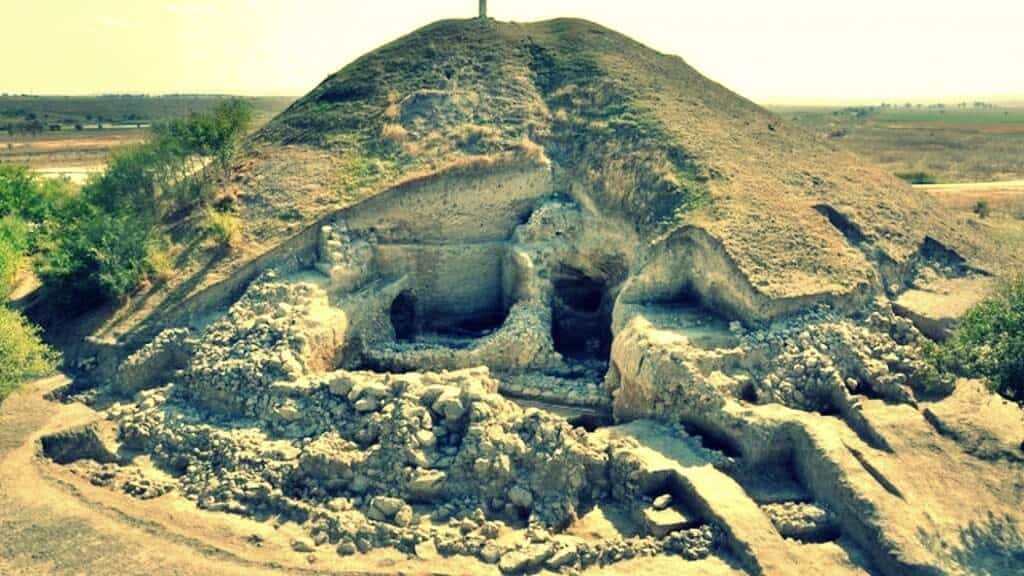In a landmark archaeological discovery, Bulgaria has unveiled what is believed to be Europe’s oldest prehistoric settlement. Located near present-day Provadia, this site is remarkable for being a significant center in salt production.
Europe’s Oldest Prehistoric Settlement Found in Bulgaria
A Journey into the Past: Unveiling the Story of Salt Production at Europe’s Heart
This finding in northwest Bulgaria is pivotal in understanding European prehistoric history, dating back between 4,700 and 4,200 years BC, placing it roughly 1,500 years before the dawn of ancient Greek civilization.
The village, home to about 350 inhabitants, primarily engaged in boiling water from a local spring, using this technique to create salt bricks. These bricks were not only widely traded but were crucial for meat preservation. Salt, being an exceedingly valuable resource at that time, might explain the impressive defensive stone walls encircling the settlement.
Since excavations began in 2005, archaeologists have unearthed a variety of structures and artifacts at the site, including two-story houses, a series of ritual wells, and parts of a gate. Additionally, a small necropolis has been discovered, continuing to be a subject of study for archaeological experts.
More Than a Settlement: The Historic Significance of the Bulgarian Discovery
Piecing Together the Past: The Impact of the Bulgarian Find on Understanding Prehistoric Europe
Vasil Nikolov, a researcher from the National Institute of Archaeology of Bulgaria, remarked that although it is not a city in the sense of Greek city-states, ancient Rome, or medieval settlements, the unearthed village constitutes a significant fifth-millennium BC settlement.
In the same vein, Krum Bachvarov, another researcher from the institute, highlighted the uniqueness of the settlement’s walls, emphasizing that their construction and dimensions are unprecedented in excavations of prehistoric sites in Southeastern Europe to date.
Similar salt mines, found near Tuzla in Bosnia and Turda in Romania, suggest the existence of contemporary civilizations dedicated to copper and gold mining in the Carpathians and the Balkan mountains. This finding provides a more detailed explanation of the gold reserve discovered 40 years ago in a cemetery near Varna, located 35 kilometers away, which contains the world’s oldest known collection of gold artifacts.
In essence, the discovery in Bulgaria not only sheds light on the trade and defensive practices of the time but also enriches our understanding of mining and trade in prehistoric Europe.
This prehistoric village reveals significant aspects of ancient civilizations, their economic techniques, and their cultural interrelations, offering a more comprehensive perspective on early human history in Europe.

